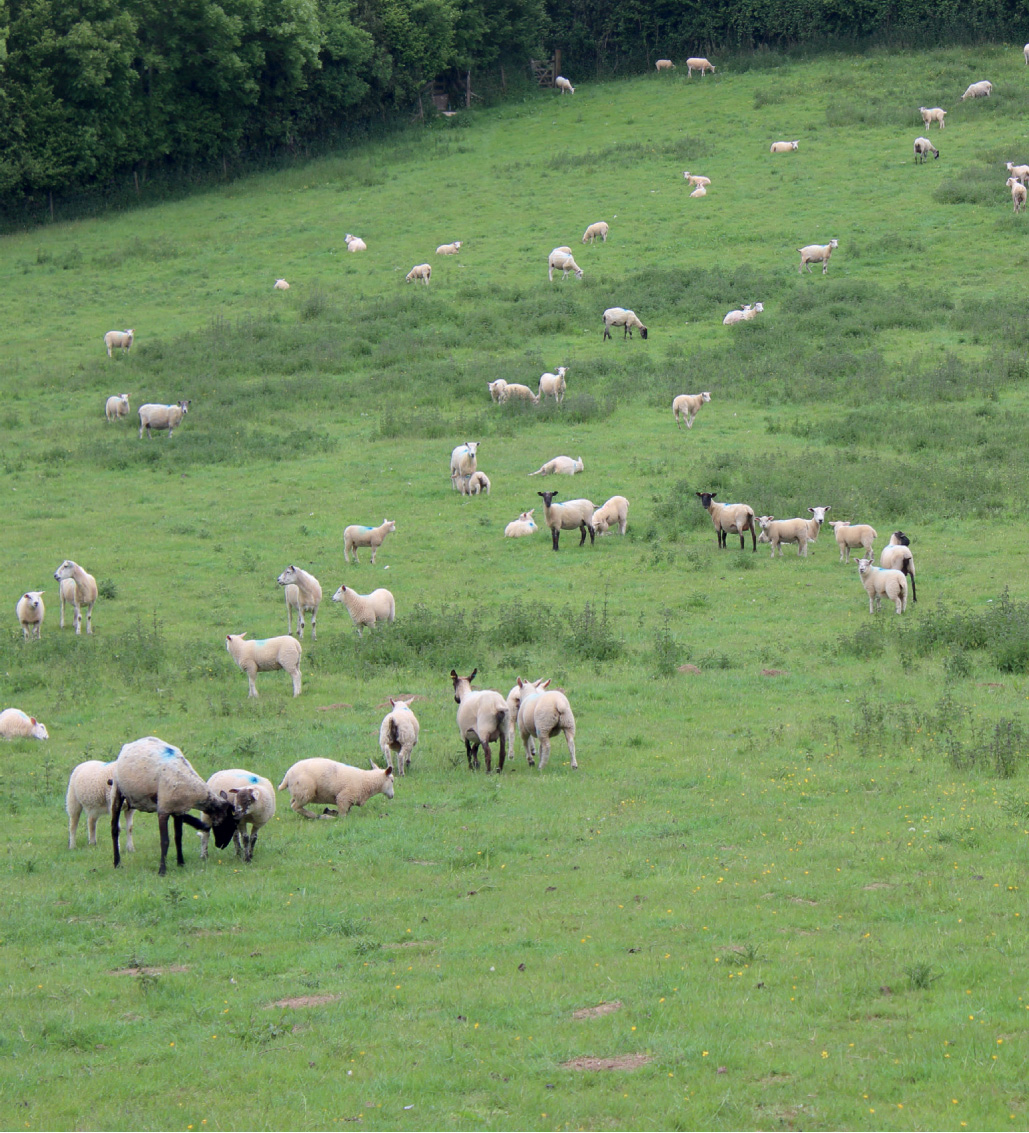A heavy infestation of thistles cuts grass yields by up to half as well as carrying the risk of spreading diseases such as orf, pink eye and mastitis, said weed control specialist Chris Maughan
“Research at the world-renowned Aberystwyth research centre in Wales showed that where thistles account for 20% of ground cover, grass dry matter yields are reduced by one tonne/acre.
“In heavily infested fields, it is not uncommon for thistles to account for 40% or more of ground cover. This amounts to a halving of grass output,” said Chris who is technical manager with Whelehan Crop Protection.
Thistlex
Thistlex, the translocated herbicide, is proven as a highly effective product for long term control of thistles. Trials have shown Thistlex to be vastly superior to MCPA in eliminating thistles.
While MCPA gave the appearance of reasonably good control in the early weeks following application, it gave much lower long-term control due to its poor impact on the root system.
Timing
“The key to effective control with Thistlex is timing. Thistles should be at the rosette stage – have four to 10 leaves and be six to eight inches high – and be actively growing. This ensures that Thistlex is absorbed right down to the roots,” stressed Chris Maughan.
Many thistles are at this stage now following hay and silage cuts over the recent weeks. Where they have developed beyond this stage, his advice is to top and spray the re-growth three to four weeks later. A single application of Thistlex at 1 litre/ha will reduce the population of thistles to a level where spot treatment can lead to their complete elimination. Adequate water volumes are crucial. Use a minimum of 20 gallons/acre (200 litres/ha) when spraying with Thistlex.

Increased risk of orf
Orf is an ever-present hazard in sheep and the risk of spreading the disease is increased where sheep are grazed on thistle-infested pastures. The spikes damage the skin resulting in a rapid spread of infection throughout the flock.
Around 30% of sheep flocks suffer from orf at some stage every year. A highly infectious disease, it is characterised by lesions on the lips, nose, ears, eyelids and sometimes on the feet. It can also be a serious infection in humans who are in contact with infected sheep.
Unsavoury thistle facts
Creeping thistle and spear thistle (or buck Thistle) are the most common species in grassland in Ireland. Thistlex is very effective in controlling both.
Creeping thistle is a perennial plant that grows from seed or root sections. Seeds can survive in soil for up to 21 years. The roots of one creeping thistle can grow to cover five sq metres in one year and up to 80 sq metres in two years. The weight of the underground root system can weigh close on one tonne/acre.
Spear thistle is a biennial that grows from seed. In the second year, it can grow to over a metre in diameter before flowering. Each flower head produces up to 400 seed heads, each of can produce between 4,000 and 8,000 seeds that can remain viable for at least three years. Spear thistles do not have extensive lateral roots but do have a very long tap root.
For further information contact our Technical team who will be delighted to answer any queries you may have.










